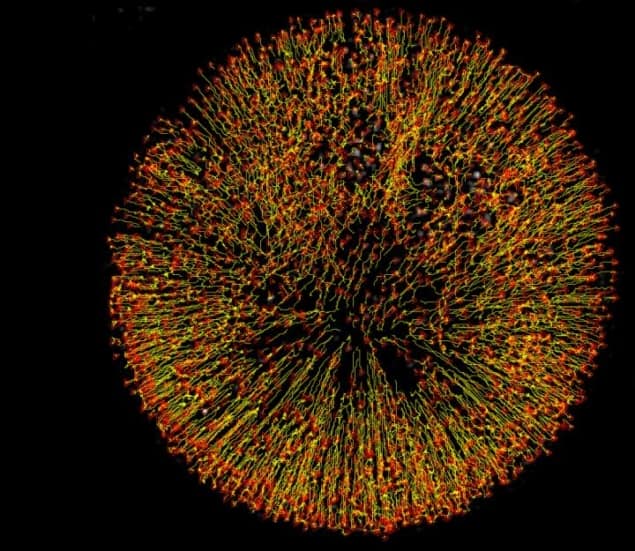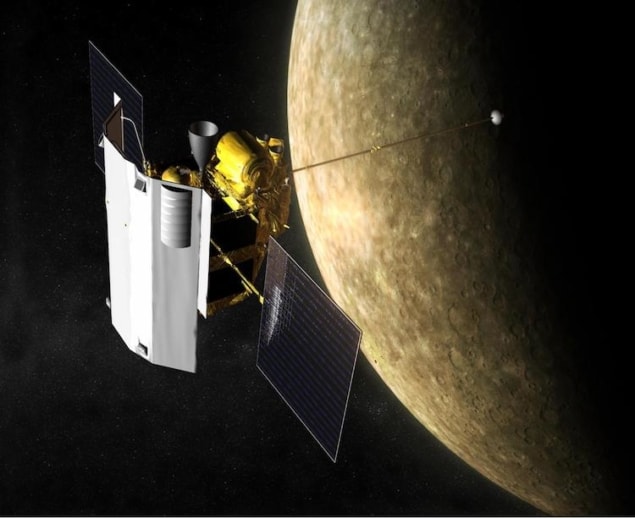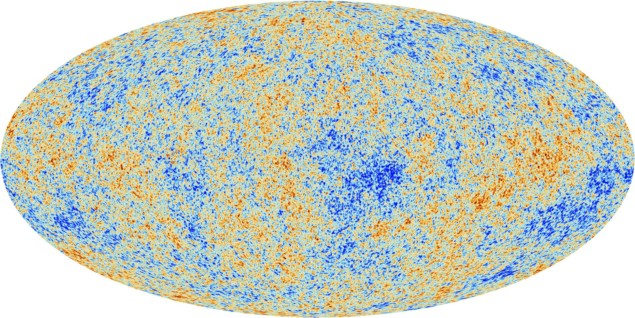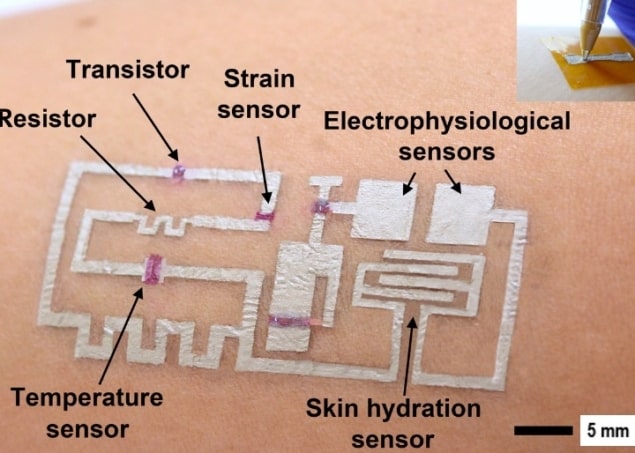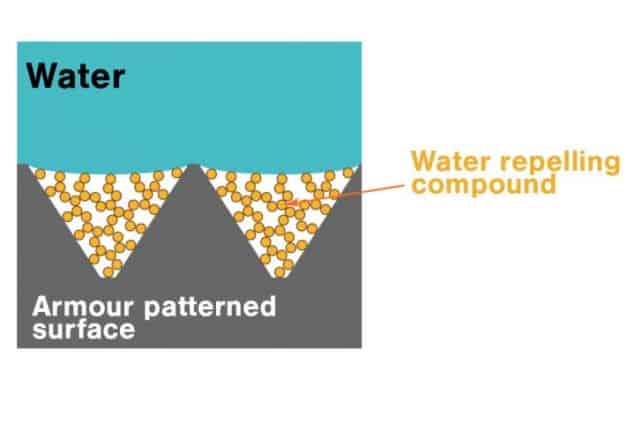Protons could be lighter than we thought
24 Aug 2020 Isabelle Dumé
The most precise measurement to date of the proton-electron mass ratio suggests that the proton may be lighter than previously thought. The result, from researchers in the Netherlands and France, provides a crucial independent cross-check with previous measurements of the ratio, which yielded inconsistent values.
The proton-electron mass ratio is an important quantity in physics and a benchmark for molecular theory. It can be determined by measuring the rotations and vibrations of ordinary molecular hydrogen ions (H2+) and comparing them to similar ro-vibrational measurements in their deuterated cousins (HD+). Both entities are the very simplest bound systems that can be termed “molecules”, and as such they are ideal for probing models of fundamental physics. Indeed, when researchers first performed measurements of ro-vibrational transitions in HD+ 40 years ago, they suggested that the results could be used to test the theory of quantum electrodynamics (QED) in molecules.
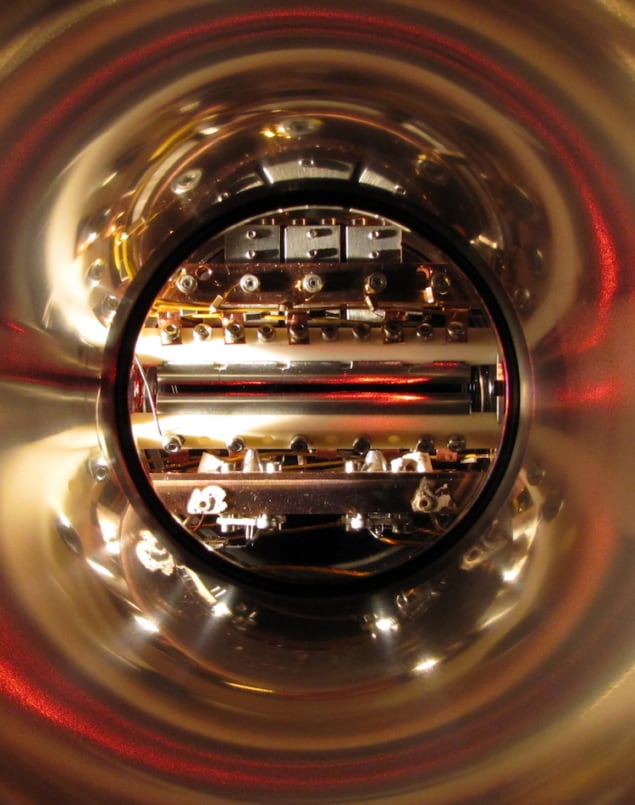






 (Courtesy: iStock/borchee)
(Courtesy: iStock/borchee)